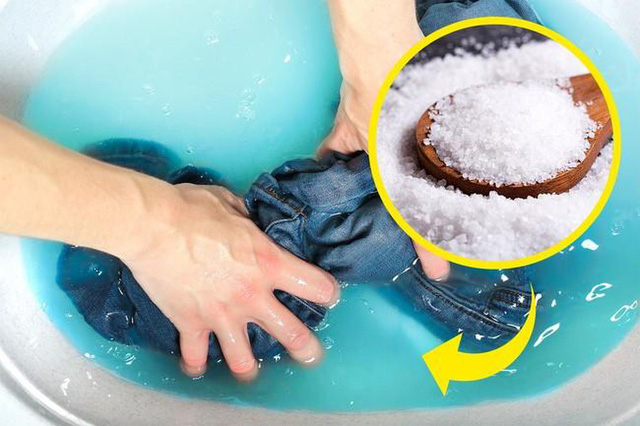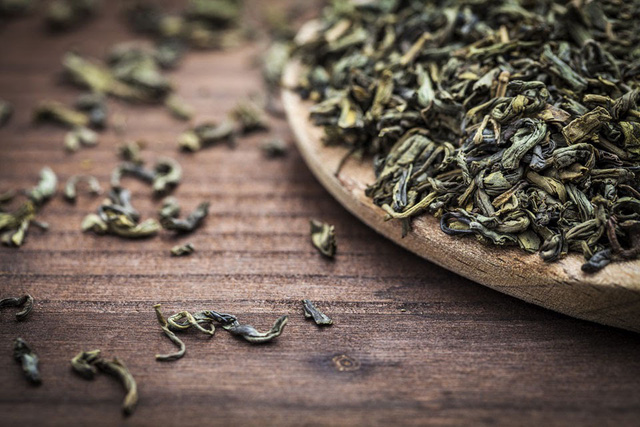In the first washing, we soak the fabric in salt water for 10 minutes.
To keep the color of clothes, when you first buy them, in the first wash, remember a small tip: dissolve a few drops of vinegar or a little salt in cold water. Then soak the clothes for a few hours before washing. Vinegar or salt will help your clothes stay vibrant and new. Be sure to wash thoroughly so that vinegar and salt do not remain on the clothes.

Tea or coffee is used as a natural dye.
In addition, tea or coffee is used as a natural dye. When washing clothes for the first time, put tea or coffee in a thin piece of fabric, tie it tightly, and soak it in the last rinse. The tea or coffee will enhance the overall color of the clothes. Make your clothes darker. Note that this method applies only to dark clothes.

Use warm water to wash white clothes.
For white clothes, hot water is the best choice to avoid long-term discoloration. Warm water helps reduce fading and wrinkles in clothes; as well as makes dirty clothes clean.
Soapnut
Using soapnut is also a good way to keep clothes vibrant. Soapnut contains Saponin, a natural cleaning agent that can replace detergents. Just separate the seeds of the soapnut, boil them, and let them cool overnight.
The next morning, when the water turns dark, you can use it directly on the clothes or mix it with warm water to soak the clothes, helping to remove dirt and keep the clothes vibrant.
In addition, you need to pay attention to the following rules:
Clothes that bleed color should be washed separately with cold water and squeezed dry immediately, without soaking.
Dry cleaning is a safer solution to limit color fading, but you should check the washing instructions on the label first.
All types of cotton clothes, red or purple wool, if we use water mixed with vinegar to wash, the color will always be bright and shiny like new.
In all types of outfits, especially jeans, we need to turn them inside out to avoid fading. Avoid dirt sticking to the main surface of the fabric while drying.
According to Giadinh.net






































